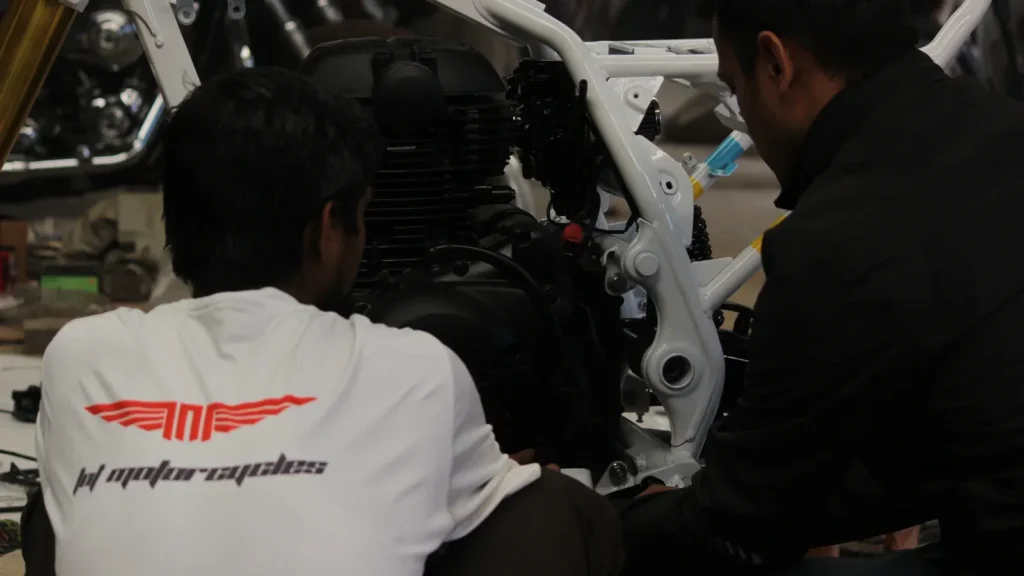The automotive industry is a hub of innovation, and one of the most transformative technologies fueling this progress is 3D printing. Also known as additive manufacturing, 3D printing is redefining how vehicles are designed, tested, and manufactured. By enabling the creation of complex geometries and providing unparalleled flexibility, automotive 3D printing helps engineers streamline the design process, accelerate prototyping, and significantly reduce development costs. This article explores how 3D printing has revolutionized automotive design, highlighting its role in testing and refining new ideas with greater efficiency.
Unleashing Design Creativity with Complex Geometries
Traditional manufacturing techniques often impose design constraints, limiting the shapes and structures that engineers can create. In contrast, automotive 3D printing removes many of these limitations, allowing designers to fabricate parts with intricate geometries that were once impossible or cost-prohibitive to achieve.
For instance, automotive engineers can now design lightweight, lattice-structured components that maintain strength while reducing material usage. Such designs are particularly valuable in areas like electric vehicles (EVs), where weight reduction directly impacts battery efficiency and range. Moreover, 3D printing enables the creation of hollow structures, overhangs, and internal channels—features that enhance aerodynamics, cooling systems, and fuel efficiency.
This freedom to experiment with design opens up a realm of possibilities, fostering innovation. Components such as customized interior trims, aerodynamic body panels, and advanced suspension systems can be rapidly developed and optimized without the need for costly tooling or extensive rework.
Rapid Prototyping: Speeding Up the Development Process
One of the most significant contributions of 3D printing to automotive design is its ability to accelerate prototyping. In traditional workflows, creating a prototype often involves multiple steps, including machining, assembly, and sometimes outsourcing. This process can take weeks, delaying the testing phase and increasing overall development time.
Automotive 3D printing eliminates many of these bottlenecks. Designers can upload their CAD (computer-aided design) files to a 3D printer and have a tangible prototype ready in hours or days, depending on the complexity of the part. This rapid turnaround allows teams to test concepts, gather feedback, and make iterative improvements much faster than before.
For example, if a dashboard design requires modifications to fit ergonomic requirements, engineers can tweak the digital model and print a new version in a matter of hours. This capability not only saves time but also enhances collaboration between designers and engineers, as adjustments can be made in near real-time.
Cost-Effective Iteration and Testing
The cost-saving potential of 3D printing in automotive design is substantial. Traditional prototyping often requires expensive tooling, particularly for injection molding, where custom molds can cost thousands of dollars and weeks to produce. By using 3D printing, manufacturers can bypass these initial costs and produce one-off prototypes at a fraction of the price.
Additionally, automotive 3D printing minimizes material waste, as the process uses only the exact amount of material required to create a part. This is in stark contrast to subtractive methods like CNC machining, which generate significant waste. Reduced waste not only lowers costs but also supports sustainability goals—a growing priority in the automotive sector.

For testing purposes, 3D-printed prototypes can also be produced using materials that closely mimic the properties of production-grade plastics or metals. This allows engineers to evaluate the performance, fit, and functionality of components under realistic conditions without committing to full-scale production. Whether testing new aerodynamic concepts or refining engine components, 3D printing provides a cost-effective and flexible platform for experimentation.
Streamlining the Design Process
3D printing seamlessly integrates into the digital workflows that dominate modern automotive design. Using software tools, engineers can simulate various scenarios, optimize designs for weight and strength, and generate print-ready files directly from their digital models. The integration of 3D printing reduces the gap between the virtual and physical stages of design, enabling faster validation of concepts.
This streamlined approach is particularly beneficial in areas like motorsports and custom vehicle manufacturing, where speed and precision are critical. Teams can design, test, and produce components tailored to specific requirements, ensuring vehicles meet high-performance standards while adhering to tight deadlines.
The Future of 3D Printing in Automotive Desig
As automotive 3D printing technology continues to evolve, its role in automotive design is expected to grow even further. Advances in materials science are expanding the range of printable materials, from carbon fiber-reinforced composites to high-strength metals, enabling the production of end-use parts directly through 3D printing. This capability could blur the line between prototyping and manufacturing, allowing for localized, on-demand production of spare parts and customized components.
Additionally, the rise of generative design—a process where algorithms generate optimized designs for specific criteria—pairs perfectly with 3D printing. Together, these technologies can create ultra-efficient, lightweight parts that redefine the performance benchmarks for vehicles.
Conclusion
Automotive 3D printing has become an indispensable tool in automotive design, offering unmatched flexibility, speed, and cost savings. By enabling the creation of complex geometries and facilitating rapid prototyping, this technology empowers engineers to test and refine designs with unprecedented efficiency. Whether reducing development costs, accelerating the design process, or paving the way for innovative concepts, automotive 3D printing is driving the industry toward a future of greater innovation and sustainability. As the technology matures, its impact on automotive design will only continue to grow, shaping the vehicles of tomorrow.
